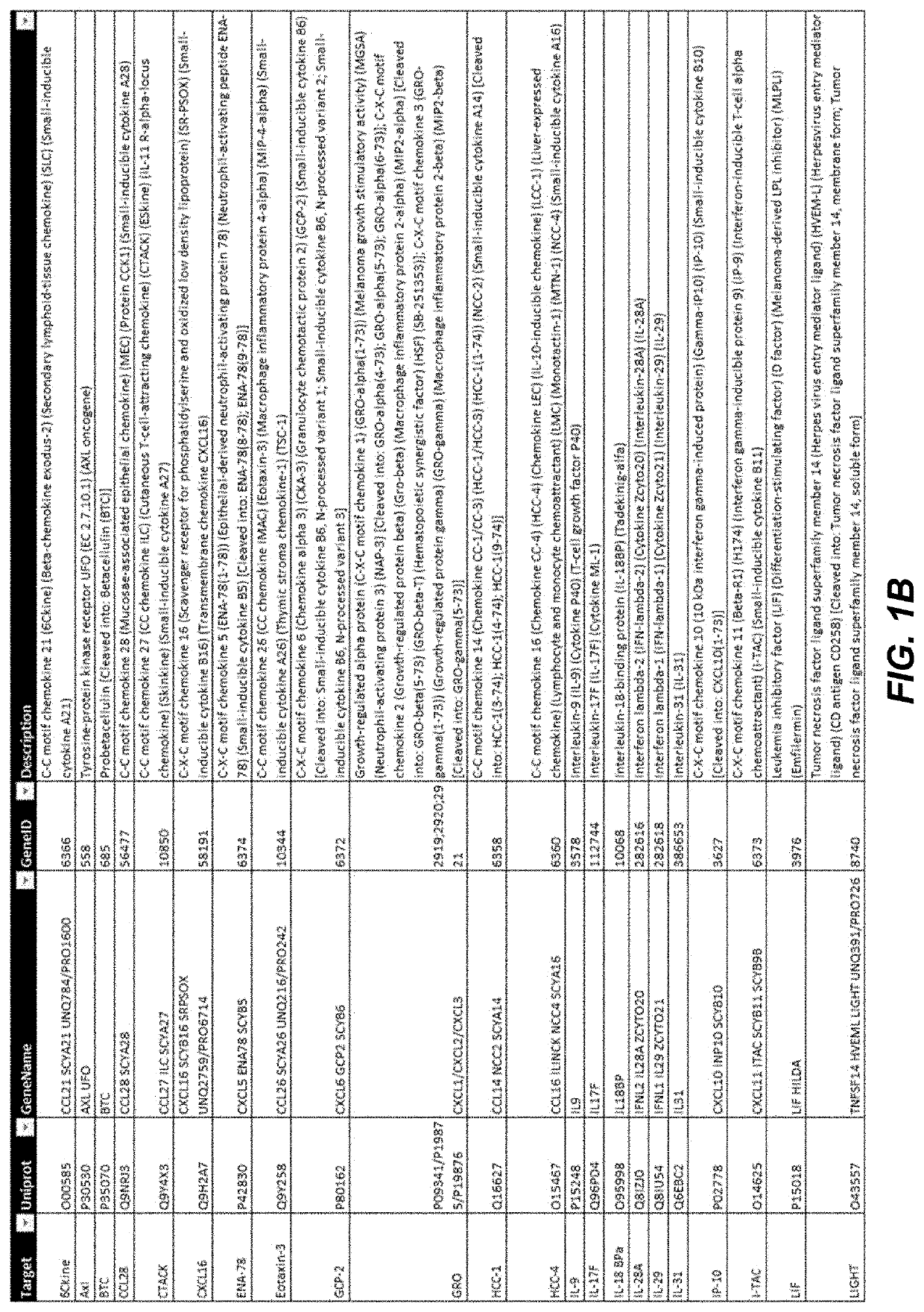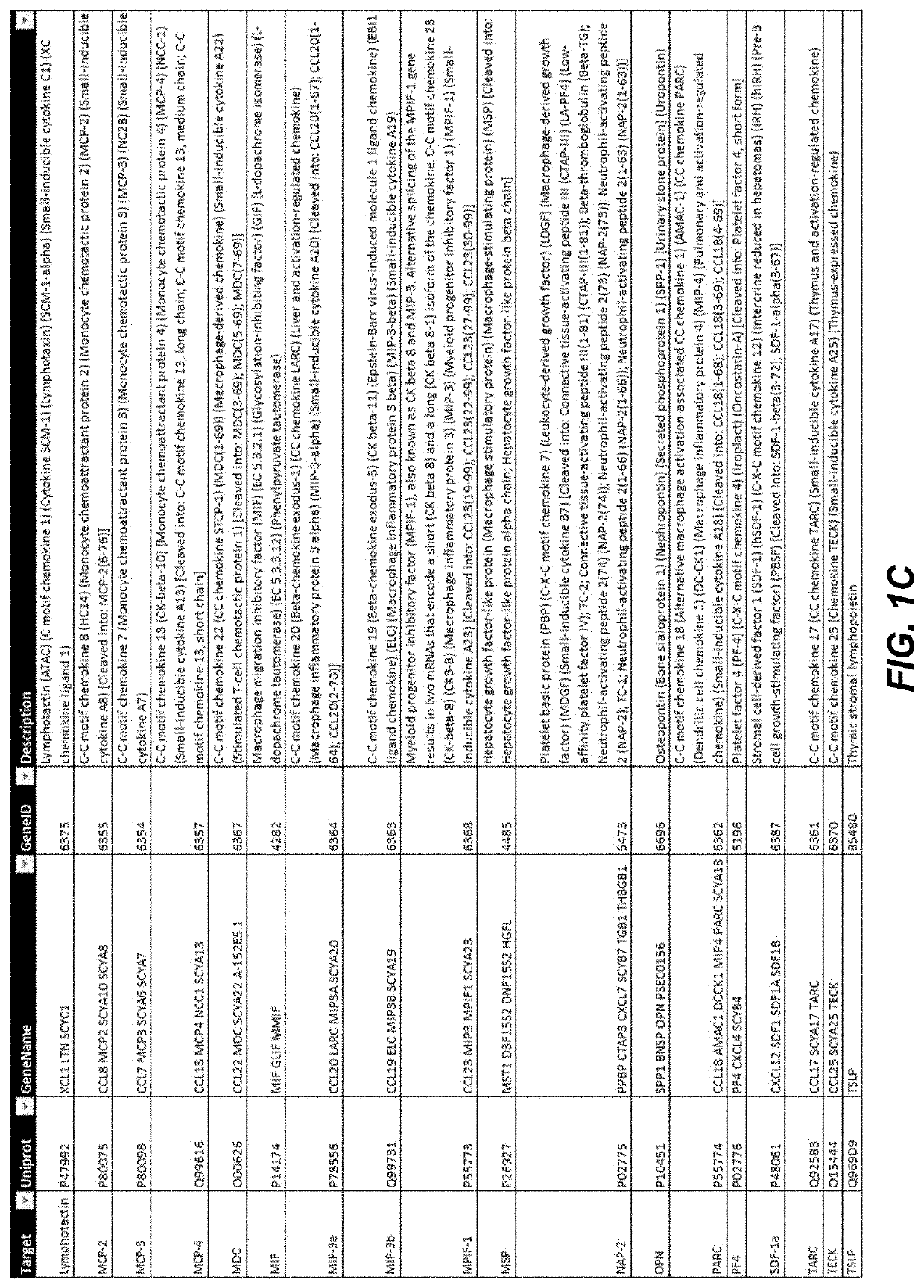Methods and compositions related to platelet releasate and platelet-rich fibrin
a technology of platelet releasate and fibrin, which is applied in the field of biotechnology and medical products, can solve the problems of high cost, high risk of immune reaction to animal-derived proteins, and use of serum-free, and achieve the effect of preventing the gelation of growth medium and alleviating the need for heparin or other anticoagulants
- Summary
- Abstract
- Description
- Claims
- Application Information
AI Technical Summary
Benefits of technology
Problems solved by technology
Method used
Image
Examples
example 1
for Preparing Human Platelet Releasate
[0152]hPR is manufactured in a closed system using expired units of adult blood-derived platelets. Briefly expired units of platelets are fractionated to isolate platelet rich plasma (PRP). After leukoreduction, the platelets were pelleted by centrifugation at 4000 g for 10 min. Based on results of ABO typing and infectious disease testing, the platelets were pooled into batches. The pools of PRP were agitated to release growth factors. The step was followed by another round of centrifugation at 4000 g for 15 minutes to separate cell debris and clotting factors. The supernatant, which is hPR, was collected in aliquots and stored at −80° C. The batches of hPR were characterized by measuring i) total protein, ii) growth factor concentration and iii) growth kinetics of MSC, as shown in FIG. 19, FIGS. 20A and 20B, and FIGS. 21A and 21B.
[0153]The following is an example of a protocol for preparing human platelet releasate in accordance with the curre...
example 2
Up Method for Preparing Human Platelet Releasate
[0156]The inventors developed a process to manufacture consistent lots of hPR that does not require the addition of anticoagulants to the growth medium. The yield of human platelet releasate using the protocol outlined in Example 1 or modifications thereof, when scaled up, can yield up to 10 L of hPR in less than 4 hours. The impact of hPR in large-scale cell expansion systems was also tested. In large-scale manufacturing of hPR, numbers as high as 24 L every 4 h hours can be obtained.
Example 3—the Effect of CaCl2) Concentration on Fibrin Clot Formation
[0157]The inventor tested various concentrations of CaCl2) on clot formation when using the protocol of Example 1. Concentrations that were tested include 10, 20, 40, 80, 100 and 200 mM. Unexpectedly, low concentrations of less than 10 mM (close to prior art recommendations) did not yield a well-defined fibrin clot encapsulating cells. Similarly, higher concentrations of CaCl2, i.e. grea...
example 5
t of Agitation Duration on Fibrin Clot Formation
[0159]The inventor studied the effect of platelet agitation duration on the population doubling level of bone marrow-derived mesenchymal stem cells. For this experiment, expired Acrodose or Apheresis platelets that were stored at room temperature were used. The control was cells cultured in media with 10% of a commercially available xeno-free alternative to FBS. Cell titer Glo luminescence assay was performed at PDL 3 and PDL 7 time points. The data is shown in FIG. 12. Agitating for 60-90 minutes was shown to be sufficient and durations of up to 180 minutes gave similar results.
PUM
| Property | Measurement | Unit |
|---|---|---|
| Length | aaaaa | aaaaa |
| Fraction | aaaaa | aaaaa |
| Time | aaaaa | aaaaa |
Abstract
Description
Claims
Application Information
 Login to View More
Login to View More - R&D
- Intellectual Property
- Life Sciences
- Materials
- Tech Scout
- Unparalleled Data Quality
- Higher Quality Content
- 60% Fewer Hallucinations
Browse by: Latest US Patents, China's latest patents, Technical Efficacy Thesaurus, Application Domain, Technology Topic, Popular Technical Reports.
© 2025 PatSnap. All rights reserved.Legal|Privacy policy|Modern Slavery Act Transparency Statement|Sitemap|About US| Contact US: help@patsnap.com



